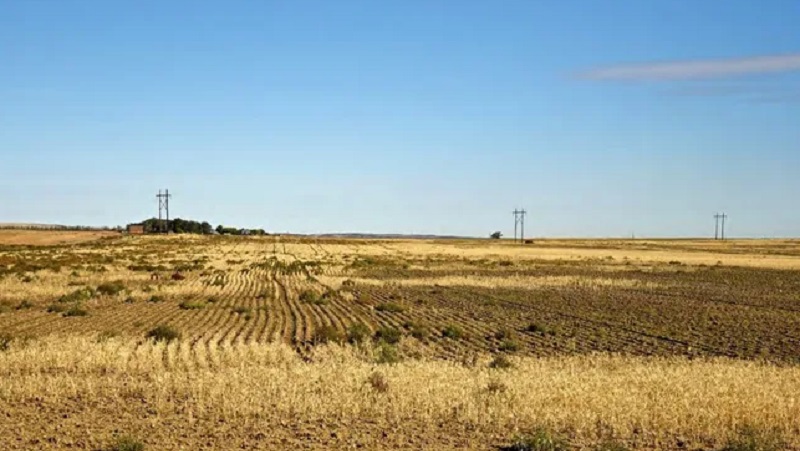Montana
Montana drought committee gives updates on conditions and impacts

Helena, Montana – A state committee met on Thursday to review the drought situation as a stretch of hot weather continues across much of Montana.
The Governor’s Drought and Water Supply Advisory Committee gathered in Helena to discuss the most recent drought reports and how the conditions are affecting everything from streamflows to agriculture and fishing.
Leaders claimed that, with the notable exception of northwest Montana, most of the state has improved since this time last year.
Overall, the state’s land area is experiencing a similar amount of drought as it did in 2022, though the actual locations of that drought have changed.
“Variability is the order of the day,” said Michael Downey, water planning section supervisor for the Montana Department of Natural Resources and Conservation.
Downey mentioned that Montana has experienced a consecutive two-year period of significant drought conditions.
Nonetheless, a considerable portion of the state had alleviated from drought status as summer began. Nevertheless, officials have indicated that this July marked the 15th lowest level of rainfall ever recorded across the entire state, and the timeframe spanning from May to July ranked as the ninth highest in terms of warmth.
“They’re important months, especially on the east side of the Divide,” said Downey. “So that dried out, and things change quickly.”
As of August 15, the most recent update from the U.S. Drought Monitor indicates that a significant portion of western Montana and the Hi-Line region are currently facing abnormally dry conditions.
The most intense drought conditions persist in the northwestern area of the state. In this region, certain parts of the Flathead basin and nearby river systems are reporting historically low streamflows for this time of year.
Conversely, areas such as south-central Montana have received substantial moisture. Downey noted that due to the delayed onset of dry conditions this year, numerous agricultural producers are in a more favorable position compared to the situation in 2022.
“We had some really good spring rains in May and early June, which are really critical – especially on the east side of the divide where those June rains are really what drives that that good production,” he said. “So the grass and the crops got a really good start.”
Nevertheless, insights gathered via the state’s Drought Impact Reporter have conveyed accounts from farmers and ranchers who have faced significant challenges due to the drought, especially in regions like Glacier and Toole Counties.
“That Montana Drought Impact Reporter is really important for us to zone in on those areas of drought that we might be missing in our metrics,” Downey said. “It’s difficult for us to have enough weather stations to really cover the whole state well.”
Officials are urging both individuals impacted by the drought and those unaffected to contribute their observations to the Impact Reporter. Looking ahead to the upcoming weeks, predictions indicate that Montana is anticipated to receive a measure of rainfall as tropical moisture migrates into the area.
Downey mentioned that while this rainfall would be a positive development, the larger impact on the long-term drought outlook will hinge on the conditions that manifest during the autumn season.
“August tends to be dry,” he said. “The fact that we’re getting any moisture at all is certainly a relief, and I think that is going to help our folks fighting wildfires. But it really is that September timeframe that is so important.”
As of Thursday, DNRC (Department of Natural Resources and Conservation) officials reported that approximately 71,000 acres have been consumed by wildfires in Montana this year. A significant portion of these fires occurred in the northwestern region of the state. This figure is roughly comparable, albeit slightly greater, than the approximately 62,000 acres that had burned by the same period last year.
In retrospect, the complete fire season of 2022 turned out to be relatively subdued, encompassing only 125,000 acres scorched across the state. This stands in stark contrast to the 10-year average of 341,000 acres burned, as documented by the Northern Rockies Coordination Center.






Leave a Reply